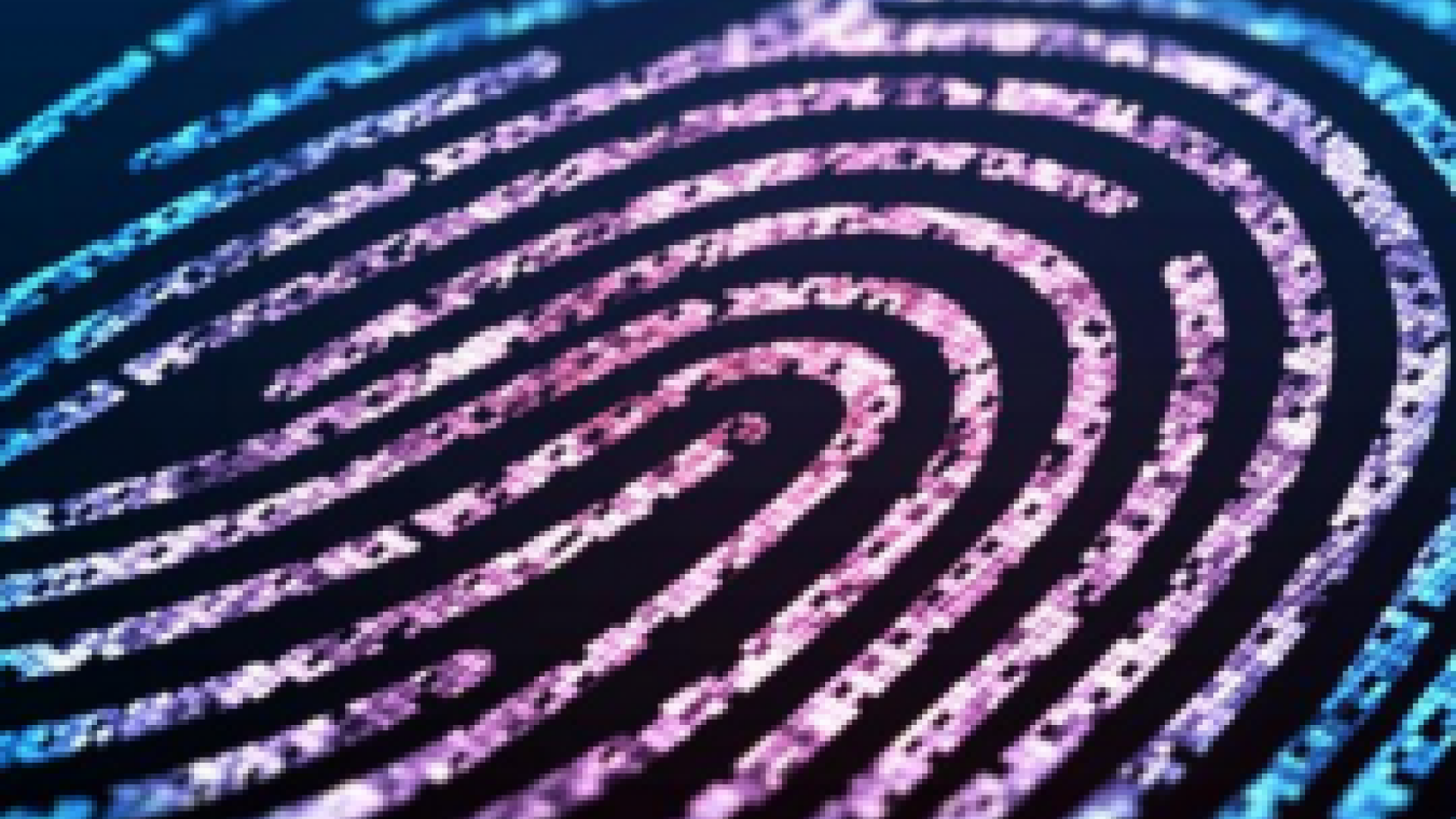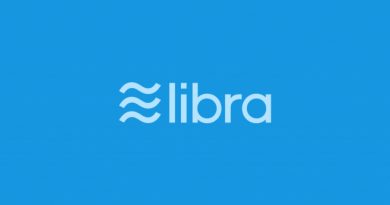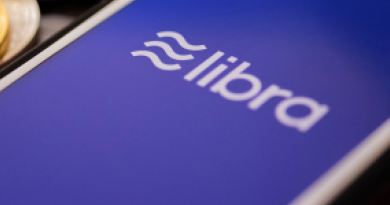Why We Need to Own and Control our Digital Identities Now More than Ever
Sherlock Holmes, the brilliant, intuitive, obsessively observant, and often quirky crime solver is the reason we need to own our identities now. If you have ever had your identity hacked, you know the eternal battle Holmes engages in with Moriarty, the “Napoleon of Criminal Minds,” as Sherlock calls him. Sherlock Holmes is a master of disguise, moving about the London bourgeois, elite and impoverished with equal anonymity, or so he supposes. And isn’t that the way we surf the web? We use different passwords on different sites, buying music, ebooks, socks, romance novels, hand-maid crafts and that medicinal oil that heals all ailments, in various iterations of ourselves.
But as clever as we think we are, we are all bound to be found out. The odds are against us. Moriarty is brilliant in his ability to orchestrate the activities of so many other criminals. And so, our real identity is pieced together and sold to the highest bidder. Moriarty, or the dark side of the web, is always watching.
In the end, Sherlock Holmes is entangled with Moriarty and the two sail off a cliff together, the demise of both. Is it our fate to completely eliminate ourselves from the digital world in order to destroy the Moriartys of the Internet who are constantly stalking us, yet always out of reach of the law?
Not if we can help it.
Every person is entitled to their sovereign identity. That means they control how it is used, where it is shared, whether or not somebody makes a profit on it, and how inaccessible they want it to be.
So what is an identity?
A birth certificate. A mailing address. A utility bill. A driver’s license. A mortgage document. A school transcript. A parking pass. A credit card. A membership number. A passport. A fingerprint. A Facebook page. All of these things require a web of documentation—each verifying the other in a circuitous loop of verification. And every time we open a new bank account, a new account on the Internet, add a driver to an insurance policy—we leave a record of who we are with that entity. Every time we use a credit card, we leave a bit of ourselves with the retailer. Every time we visit a website, click on an ad, even ask our phone for directions or call an Uber we drop a piece of who we are in a new place: curbside on the information highway. We may think we are disguised behind those clever passwords but Moriarty’s network of criminals runs wide and deep. And we will be found, pieced together and exploited.
What is an identity good for?
Mortgages. Loans. Credit. Getting married. Driving a car. Traveling abroad. Getting a job. Just about everything. Isn’t it a little unnerving that in our digital age so many iterations of ourselves are stored out there in the ether—actually, on computers all over the world? Personal information is stolen all the time: From Equifax to Yahoo, hundreds of millions of individuals have unwittingly shared the elements of their identity with who knows how many criminals in Moriarty’s network. There is high vulnerability in the current system. And it will only get worse.
How do we protect ourselves?
To begin with, it would be nice to know what our digital self looks like out there. There should be a way to harvest all the info about said self and bring it into one secure place that each individual controls.
Next, having gained control of your identity, you still need to use it. But we don’t want it flung all over the digital universe. So creating a password protected token of our identity that is stored on the blockchain would a) make sure that our identity is always verified, thus thwarting scammers and b) keep our identity encrypted, in our control so we can parse it out the way we want to: the IRS certainly needs a more complete picture of our identity than the neighborhood vinyl store. And anybody wanting to advertise to you should do so by your consent. With control over your identity you can decide what advertisers see, thus limiting them from seeing everything you need in order to cross the border into Kazakhstan.
The new digital ID.
You build it with legitimate documents. It’s stored on the blockchain with a comprehensive system of verification. You and only you control the access to it. It’s never shared with third-party brokers or left unattended on some faraway cloud. Imprinted in each identity is a unique digital watermark, like a fingerprint. No forging. No stealing. No duplicating.
How would it work?
In an app, of course. A simple to use, but robust app that lets you let out or protect whatever part of your identity you want. That means the individual is responsible for the veracity of their original documents, which are checked by the necessary government agencies and double-checked against any incongruities. Anytime you work with a database, queries about your history are asked for verification like: “Which of these doctors have you seen in the last year?” Or “Which of these texts did you receive in the last 4 hours?” The verified individual identity is then locked away behind encryption code. Imagine how much better your life would be if there was a data breach at your local Target and all crooks got was packets of encrypted data they could not open.
Now that is an impenetrable solution even Sherlock could appreciate.



